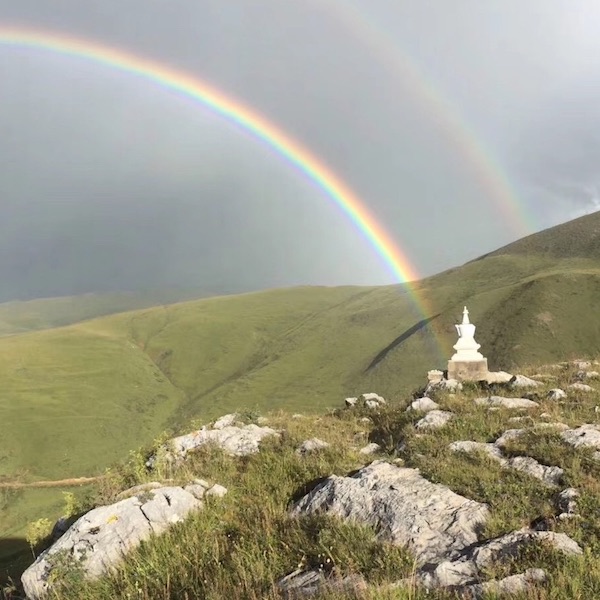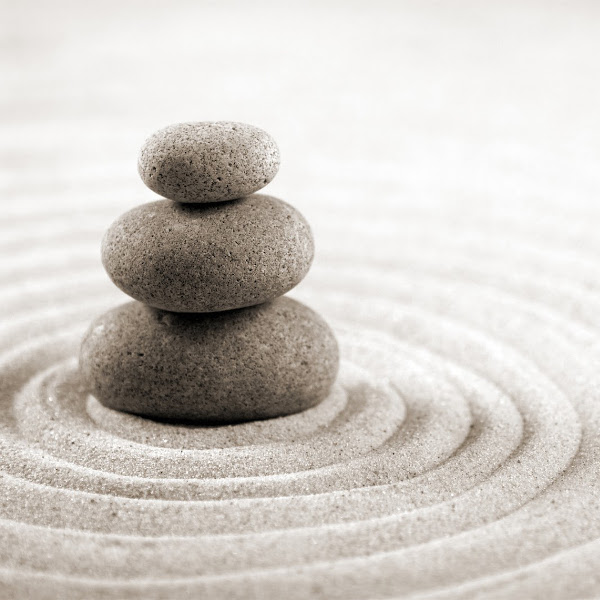“Cultivating a life with purpose.
DENISE ROBSON
ENGLISH | PORTUGUÊS
Transforming the mind through Dharma
My path in Tibetan Buddhism began with the encounter with Lama Tashi Sonam Tulku Rinpoche. The following year, a small group of people began to meditate and practice together, under the guidance of Rinpoche. In 2002 I founded the Dharma Center Buddha of Compassion in Vitória, Espírito Santo. And later, with the blessing of our master, we started to build one Center of Retreat and Practice that Rinpoche gave the name “Nga Yab Ling”, located in the mountains of Espírito Santo, Brazil. In 2014, Rinpoche authorized me to teach meditation and Buddhism to beginners. In these twenty years, I have been inspired by the teachings of Lama Tashi Sonam Tulku Rinpoche, and with the absolute confidence that what keeps me on the path of Dharma is his blessing and the lineage he incorporates.
ENGLISH | PORTUGUÊS
Transformar a mente através do Dharma
Meu caminho no budismo tibetano começou com o encontro com Lama Tashi Sonam Tulku Rinpoche. No ano seguinte, um pequeno grupo de pessoas começou a meditar e praticar junto, sob a orientação de Rinpoche. Em 2002 fundei o Centro de Dharma Buda da Compaixão em Vitória, no Espírito Santo. E mais tarde, com a benção de nosso mestre, começamos a construir o Centro de Retiro e Praticas “Nga Yab Ling” nas montanhas de Domingos Martins. Em 2014 Rinpoche me autorizou a ensinar meditação e budismo para iniciantes. Nesses vinte anos, eu sigo inspirada pelos ensinamentos de Lama Tashi Sonam Tulku Rinpoche, e completamente confiante que é a sua benção e da linguagem que ele incorpora que me mantém no caminho do Dharma.
“Cultivando uma vida com propósito.
DENISE ROBSON
All beings have Buddha nature.
WHAT IS DHARMA?
“Dharma” (or dhamma) is the Truth contained in the Buddha’s teachings, which point in the direction of the Nature of Mind.
The Buddha is said to have offered 84,000 different teachings, for the benefit of various types of people. These teachings are able to purify the 84,000 variations of distressing emotions. The vastness and depth of these teachings aim to lead to the recognition of the Nature of Mind, and to the end of the suffering generated by ignorance, attachment and aversion.
May all beings be happy.
May they live in safety and joy.
That all living beings,
Weak or strong,
Tall, robust, medium or low,
Seen or invisible, near or far,
Born or yet to be born,
May they all be happy.
(From Metta Sutta, Sutta Nipata I.8)
In the Tibetan Buddhist context, there are several criteria for differentiating what is dharma from what is not. One of the criteria is whether or not it leads to spiritual awakening. Using this criterion, there are conducts and ways of looking at reality that are beneficial for what is beyond the context of current life. There is also a very pragmatic criterion for determining what can be considered dharma. The test of whether a practice or theory is dharma is whether it results in benefit during life’s inevitable vicissitudes. Ways of producing a sense of accomplishment and meaning during life’s inevitable ups and downs are also considered dharma.
Dharma can be practiced at any time: on happy occasions or when we are sick. But if dharma is practiced only as a means to an end, something like getting more money or making people like us, then we will have fallen into the situation of delayed gratification.
What does it mean to “practice dharma”? It is not a technique, nor is it just a meditation. When you begin to understand the richness and diversity of dharma practice, you will find that even if you are stressed, tired or depressed, you can practice it. Even when you are dying, you can practice dharma. You can become a skilled dharma master, using your rich and varied recipes to make each situation a source of fulfillment and happiness.
(From the book “Buddhism with attitude“, by B. Alan Wallace)
Sabedoria do ouvir
Sabedoria da reflexão
Sabedoria do cultivo
Sabedoria da visão correta
INTRODUCTION TO BUDDHISM
Who was the Buddha? What is the basis and importance of his teachings? What are the “Four Noble Truths”? What is “Refuge”? What are the “Four Thoughts that transform the mind” and what is their importance along the way?
These are some themes that will be studied and are fundamental for the knowledge and advancement in the practice of the path.
MEDITAÇÃO
The term “meditation” in the Tibetan language literally means “to get acquainted” — to get acquainted in a positive way. Meditation is a powerful tool for transforming the mind and cultivating the qualities of the heart, but it is not an end in itself.
In order to reach a state of progress on the path it is necessary to listen to the teachings offered by the Buddha, reflect on them, contemplate them in meditation, and with the right motivation and vision put them into practice in daily life. In this way the time spent on the pillow will be a support for your daily life, and your daily life will be an appropriate basis for your formal meditation.
Practitioner
FEEL FREE TO CONTACT ME IF YOU HAVE QUESTIONS OR IF YOU’D LIKE TO BOOK A SESSION. SESSIONS CAN BE DONE ONLINE OR IN PERSON.
DENISE’S PASSIONS




